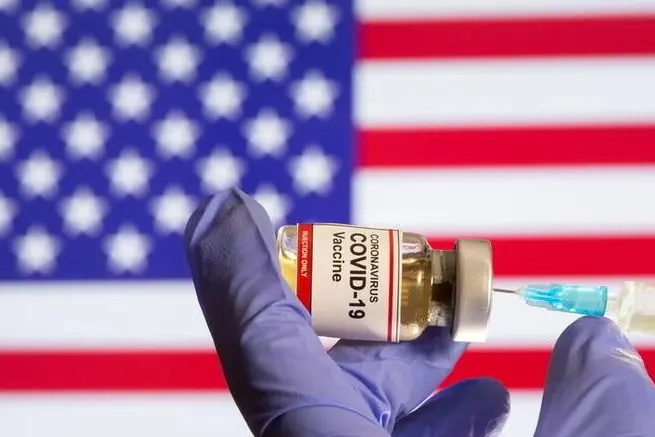PHOTO
(The author is a Reuters Breakingviews columnist. The opinions expressed are his own.)
NEW YORK - The vaccines are coming, but distribution funds aren’t. Pfizer, Moderna and AstraZeneca have now all reported excellent coronavirus vaccine data, and the first shots should start appearing in weeks. The United States has agreed to purchase at least 500 million doses from these three firms, and even more from others yet to report clinical results. So there will be plenty of supply well before the end of next year. But with divvying out the vaccine left in the hands of cash-strapped states, the U.S. population faces a vaccine vacuum.
In the past few weeks the three pharmaceutical companies have all said they are seeking expedited approval for their vaccines, and plan to start distributing them before the end of the year. The Federal government, under Operation Warp Speed, has agreed to provide vaccines free to any American who wants one. It agreed to spend over $1 billion on AstraZeneca’s vaccine effort.
From there, though, it gets complicated. While the Centers for Disease Control and Prevention set out guidelines for distribution, it’s up to each individual state to choose who gets dibs. Many will probably follow the CDC’s instructions to first inoculate the elderly or those at high risk of death. But there is gray area, and some states may have more delays than others. New York, for example, has set up a task force to help determine if the vaccines are safe.
The bigger question is how to pay for distributing them. CDC head Robert Redfield said Congress will need to allocate up to $6 billion to the states for this, while a group representing local health authorities put that figure at over $8 billion. States so far have received a minuscule fraction of this. For example, New York, one of the most populous and condensed, has received just $7.8 million, the state’s Department of Health said last month, acknowledging it was “unknown” whether federal funding will come.
Having a centralized system would help, and Joe Biden has earmarked $25 billion for vaccines. But that needs approval, and the current system leaves it up to states that are already financially hurting. States are projected to lose $200 billion in total tax revenue through the end of fiscal 2021, which generally occurs in July, according to Tax Policy Center. A vaccine is the best route out of the economic damage caused by the pandemic. They can’t get the help fast enough.
CONTEXT NEWS
- AstraZeneca said on Nov. 23 its vaccine for the novel coronavirus could be around 90% effective without any serious side effects. It joins Moderna and Pfizer, which reported their vaccines were generally safe and effective earlier this month in large clinical trials.
- The United States government has ordered at least 500 million doses of vaccine from these three drugmakers, and more from other firms, under Operation Warp Speed.
- The Centers for Disease Control and Prevention has provided a guidebook on how states should plan to distribute any vaccines, but it is up to the states to implement it. The Association of State and Territorial Health Officials estimated in a letter to Senator Mitch McConnell that they will need over $8 billion to do so.
(The author is a Reuters Breakingviews columnist. The opinions expressed are his own.)
(Editing by Lauren Silva Laughlin and Amanda Gomez) ((robert.cyran@thomsonreuters.com; Reuters Messaging: robert.cyran.thomsonreuters.com@reuters.net))












